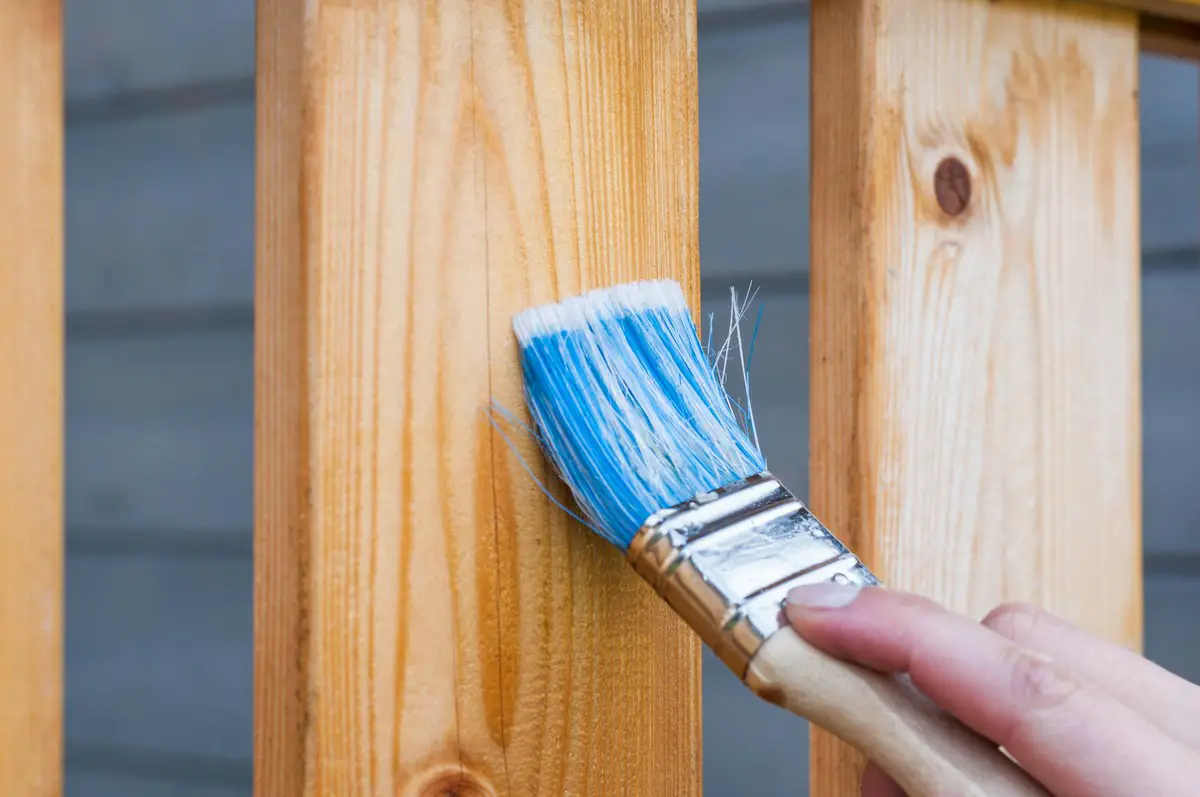The DIY home project guide, Building and beautifying on a budget, House garden style and property refurbishment advice
The DIY Home Project Guide: Building and Beautifying on a Budget
21 February 2024
There can be little doubt that embarking on a DIY home project is an empowering way to refresh and enhance your living space without straining your finances, certainly when compared to getting a professional building firm involved. Whether you’re aiming to revamp your interiors or, reinvigorate your outdoor spaces, discover how creativity and smart planning can lead to significant home improvements, fostering both personal satisfaction and increased property value.
Laying the Foundations for Your DIY Project
Before diving into the world of DIY home improvement, it’s crucial to assess your space and identify areas most in need of enhancement. Start by prioritising projects that will have the most significant impact on your living environment and are feasible within your budget.
Effective financial planning is paramount; outline a realistic budget that accounts for materials, tools and any unforeseen expenses. Explore cost-effective material sources such as reclaimed centres, local classifieds and community exchanges. This initial groundwork ensures your DIY ventures are not only rewarding but also financially manageable, setting the stage for successful transformations that breathe new life into your home.
If you have doubts about your design, then consult an architect. Qualified architects aren’t just there to come up with design concepts but can help you think about the scope of your project in new ways. Sometimes, this will mean expanding your vision without extra costs. In other cases, your architect may suggest different materials that will last longer or mean less initial outlay. Either way, the professional services of an architect can lead to significant savings.
Maximising Outdoor Spaces Through Landscaping
Landscaping is a pivotal aspect of many home improvement projects, significantly enhancing your property’s curb appeal and functionality without necessitating a large budget. Begin by designing a garden layout that complements your lifestyle, whether it’s creating a vegetable patch, a flower garden for year-round colour or a dedicated area for outdoor relaxation. Focus on selecting plants that are native to your region, as they tend to be more resilient and require less maintenance.
Incorporate DIY elements like homemade planters or repurposed items as garden features to add character and uniqueness to your outdoor space. When sourcing landscaping products, shop around because you won’t necessarily want to buy the first thing you see at a garden centre which can be a costly way to proceed. For example, a ready-made wooden pergola or planter at a garden centre is likely to cost hundreds of pounds, if not more. The same goes for some fencing supplies. If you obtain the materials yourself and put them together to form your own structures, then the savings can be considerable.
Indoor Home Improvements on a Budget
Revitalising your home’s interior doesn’t necessarily require a hefty investment. With a bit of ingenuity, you can make significant changes. A fresh coat of paint can dramatically alter the mood and aesthetics of any room, offering a quick and affordable way to update your space. Consider neutral shades for versatility or bold colours to create focal points. Furniture upcycling presents another cost-effective method to refresh your décor.
Transform old or second-hand furniture with paint, new upholstery or updated hardware for a custom look that adds personality without the high price tag. These DIY projects not only enhance your living environment but also promote sustainability by giving new life to existing items, proving that budget constraints can indeed inspire creativity and resourcefulness. If you’re remodelling your home, then look for partition walls that can come down to alter the dimensions of your space. This is much more cost-effective than moving or removing load-bearing walls, of course.
Tools, Safety and Getting Started
Equipping yourself with the right tools is essential for any DIY home project, whether indoor or outdoor. Start by assembling a basic toolkit that includes a hammer, screwdrivers, a drill, a saw, pliers and a measuring tape. For garden projects, add gardening gloves, a spade, a rake and pruning shears to your arsenal. Investing in quality tools can save money in the long run, as they are more likely to last and perform better.
Safety should always be your top priority. Wear appropriate protective gear such as safety goggles, gloves and ear protection when necessary. Ensure you’re familiar with the operation and safety features of power tools before use and always follow the manufacturer’s guidelines.
For outdoor work, be mindful of weather conditions and plan your projects accordingly. Getting things wrong might not cause an injury but it could mean wasting your materials so a bit of preparation will go a long way in helping you to stay on budget. Remember, the key to a successful DIY project lies in taking things at a reasonable pace.
Comments on this guide to The DIY Home Project Guide: Building and Beautifying on a Budget article are welcome.
Decking Articles
Backyards Posts
Where to Start When Designing a Backyard
Does Composite Decking Add Value To Your Home?

Create a Relaxing Backyard Landscape Design
Build Your Own Backyard Garden From Scratch – Essential Tips
Building Articles
Residential Architecture
Comments / photos for the DIY Home Project Guide: Building and Beautifying on a Budget page welcome





